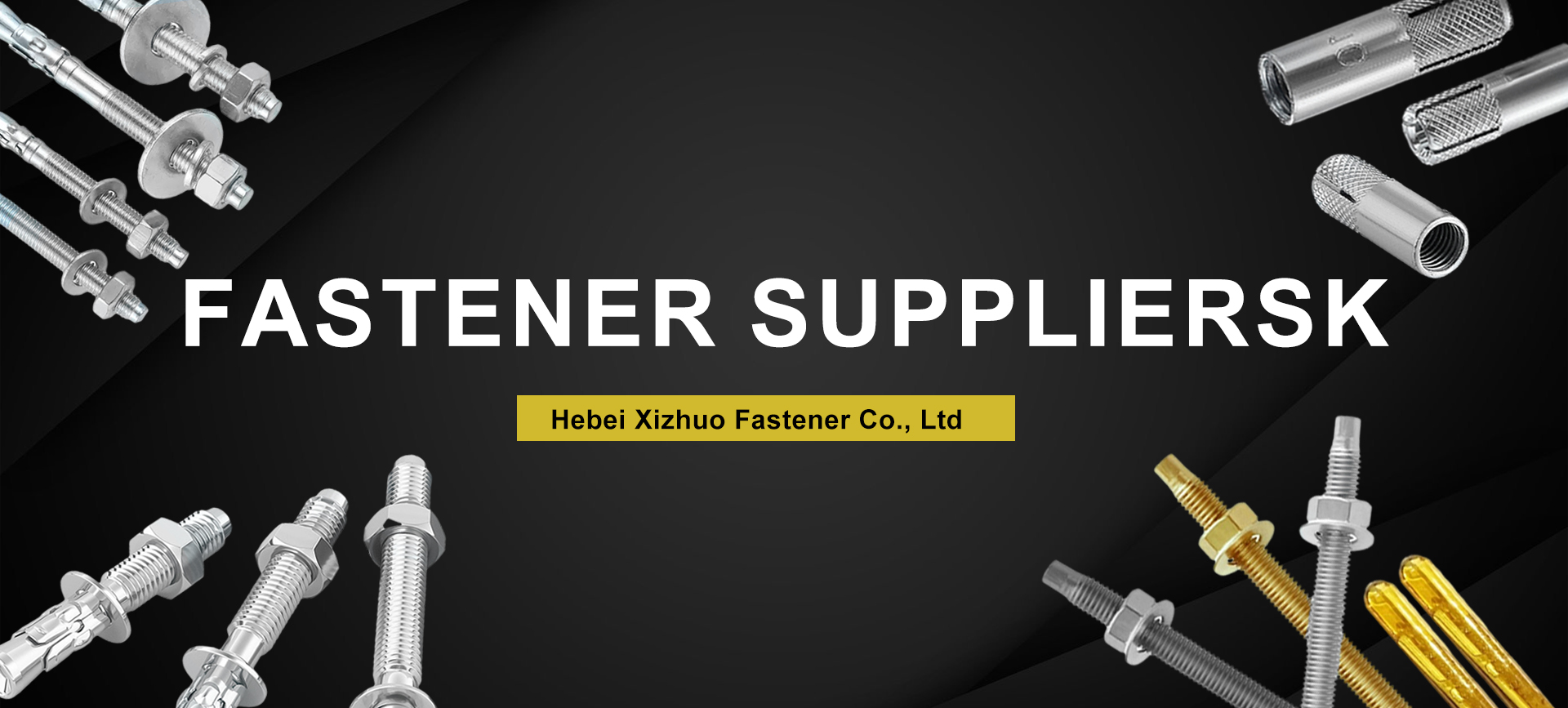Optimizing Structural Stability with Steel Cross Bracing Techniques for Modern Engineering Applications
The Importance of Steel Cross Bracing in Structural Engineering
Steel cross bracing plays a crucial role in modern structural engineering, providing stability, strength, and flexibility to a wide range of constructions, from residential buildings to high-rise skyscrapers and bridges. This technique involves the use of diagonal steel members arranged in a crisscross pattern to enhance a structure's ability to withstand lateral loads, such as wind or seismic forces.
One of the fundamental challenges in structural design is ensuring that buildings can remain stable under external pressures. Lateral forces, which can arise from factors such as wind gusts or earthquakes, pose a significant risk to the integrity of a structure. Traditional methods of resistance, like shear walls or moment-resisting frames, can sometimes lead to increased material costs or limitations in design flexibility. Here, steel cross bracing emerges as an effective solution that addresses both safety and aesthetic considerations.
The process of implementing steel cross bracing involves connecting diagonal members from one corner of a structural frame to the opposite corner. This creates triangles within the frame, a geometric shape known for its inherent stability. By distributing loads evenly, cross bracing minimizes the risk of deformation or collapse under pressure. This method is particularly advantageous in high-rise buildings where wind loads can be notably intense.
steel cross bracing

In addition to providing enhanced stability, steel cross bracing can also contribute to the overall architectural design of a building. Designers often incorporate this bracing as a visible element, adding to the aesthetic appeal of the structure while also serving a functional purpose. The industrial look of exposed steel elements has become increasingly popular, allowing for a modern and innovative design approach.
From a construction perspective, steel cross bracing can reduce the need for additional structural components, thereby streamlining the building process. Fewer materials needed for bracing means that construction can be completed more efficiently, translating to cost savings. Moreover, prefabricated steel elements can be manufactured off-site and quickly assembled on location, further speeding up the construction timeline.
However, the implementation of steel cross bracing is not without challenges. Engineers must carefully consider factors such as the size of the building, the nature of the site, and the potential for future expansions. Accurate calculations and simulations are essential to ensure that the bracing system will perform as intended under various loading conditions. Additionally, while cross bracing is highly effective in tension, it can be less efficient in compression. Therefore, understanding the specific needs of a project is critical to designing an effective bracing system.
In conclusion, the integration of steel cross bracing into building designs represents a balance of engineering ingenuity and aesthetic flexibility. As urban areas continue to grow and the demand for more resilient structures increases, the role of cross bracing will likely expand. Through innovation and continued research, structural engineers can enhance the safety and durability of buildings, ensuring they can withstand the tests of time and nature. In an era where sustainability and efficiency are paramount, steel cross bracing will remain a vital component of modern architecture and civil engineering.
-
Weatherproof Plastic Expansion Anchors for OutdoorخبرونهJun.06,2025
-
Sustainability in the Supply Chain: Eco-Friendly TEK Screws ProductionخبرونهJun.06,2025
-
Load-Bearing Capacity of External Insulation FixingsخبرونهJun.06,2025
-
Double Head Bolts: Enhancing Efficiency in Industrial MachineryخبرونهJun.06,2025
-
Corrosion Resistance in Chipboard Screws: Coatings for Wholesale DurabilityخبرونهJun.06,2025
-
Butterfly Toggle Bolts : Enhancing Structural ResilienceخبرونهJun.06,2025
